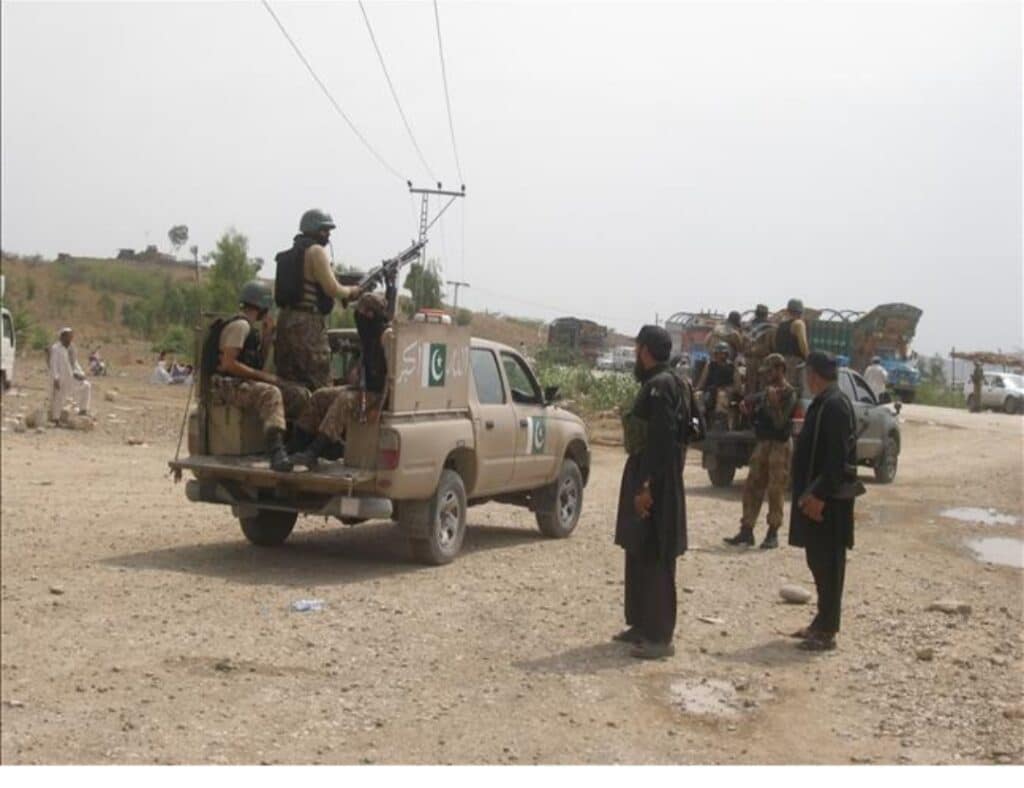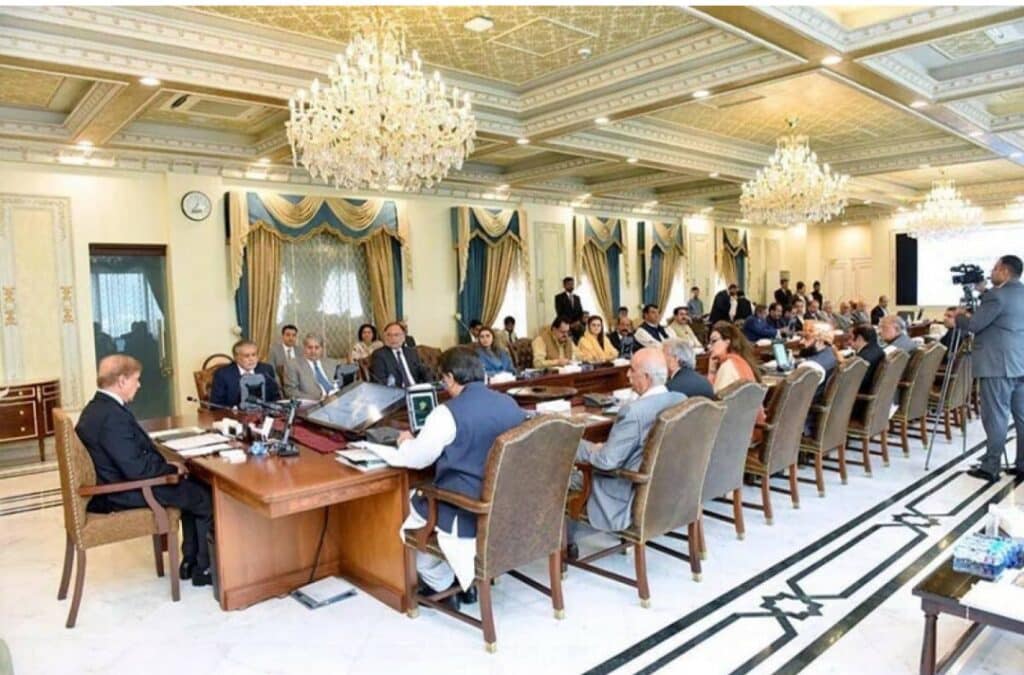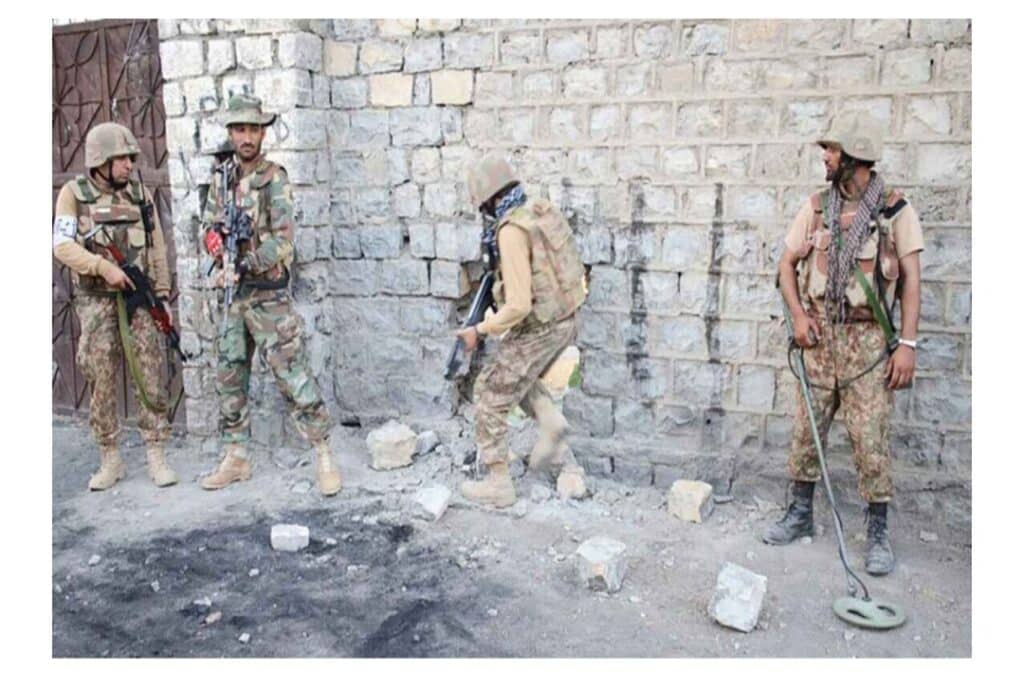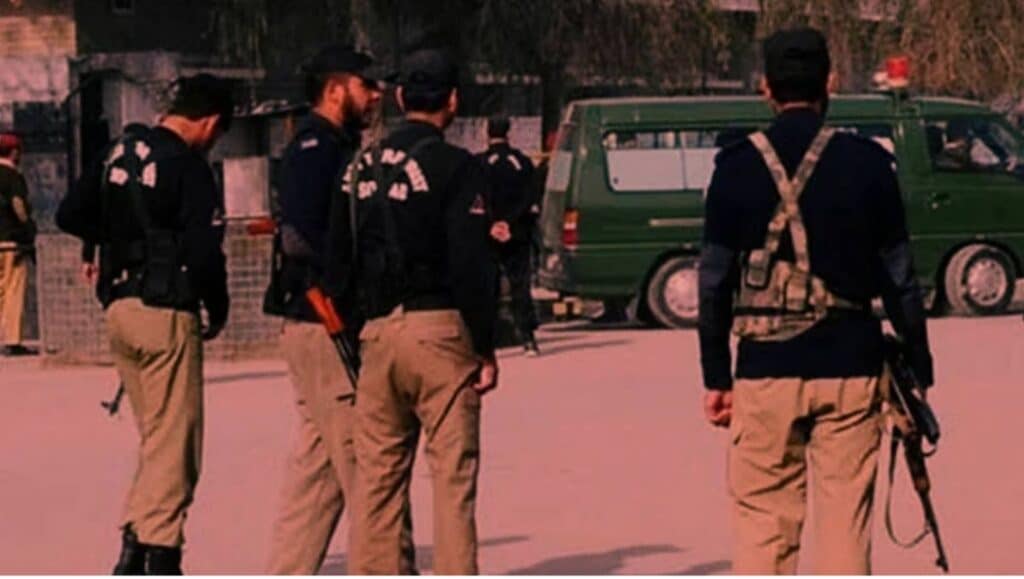Today, tensions between Pakistan and India remain high following the May 7–11 border clashes, but the bigger battle was fought online. India’s media and IT cells unleashed a flood of fake news—using old war clips, Gaza and Lebanon footage, and fabricated claims of strikes on Pakistani cities. Within days, these narratives collapsed under the weight of fact-checks and satellite imagery, confirming Pakistan’s reports of shooting down Indian drones and a Rafale jet.
“India weaponised lies but lost credibility,” says Hassan Nisar, CEO of Metrix Pakistan. His team tracked hundreds of false posts, while Pakistani authorities worked with universities and police to verify digital content and strengthen official social media channels.
Veteran journalist Lubna Jarar notes, “Indian anchors turned war reporting into theatre, celebrating fake victories, while Pakistanis countered with truth and sharp satire.”
The propaganda also inflamed tensions in Indian-occupied Kashmir, where Kashmiri students faced abuse and eviction threats. “I was told not to leave my hostel or speak online—it was pure fear,” recalls Tehmeena Bhat, a Kashmiri student in Delhi.
Pakistan’s brief restoration of Twitter allowed its narrative to cut through India’s misinformation storm. “In today’s conflicts, digital literacy and truth are our strongest weapons,” Nisar adds.
India’s fake news blitz has failed—but Pakistan remains alert in this ongoing digital war.





